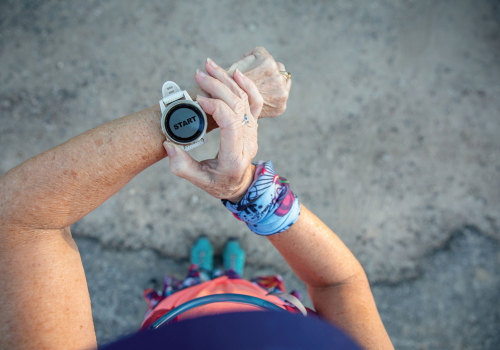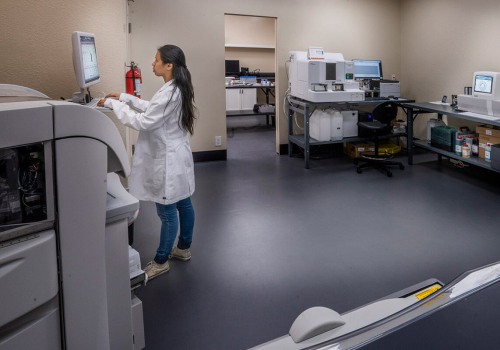Physical activity is essential for everyone's health, yet only a small fraction of adults with severe mobility issues engage in aerobic exercise.1 Walking is the most popular form of physical activity for those with disabilities, but they often face more environmental barriers than those without disabilities.2 Here are some tips to help people with disabilities stay active and healthy. Wheelchair users should make it a priority to keep their bodies moving as much as possible. This should be part of their daily fitness routine, regardless of their disability. Participation in physical conditioning classes, physical therapy, and repetition of outcome measures can all lead to changes in strength, endurance, self-perception, and functional and gross motor skills.
The Pediatric Disability Assessment Inventory (PEDI) was used to measure functional mobility in three children.47 Studies have also shown that strength training in a functional context can improve the strength and functional abilities of children with cerebral palsy.








